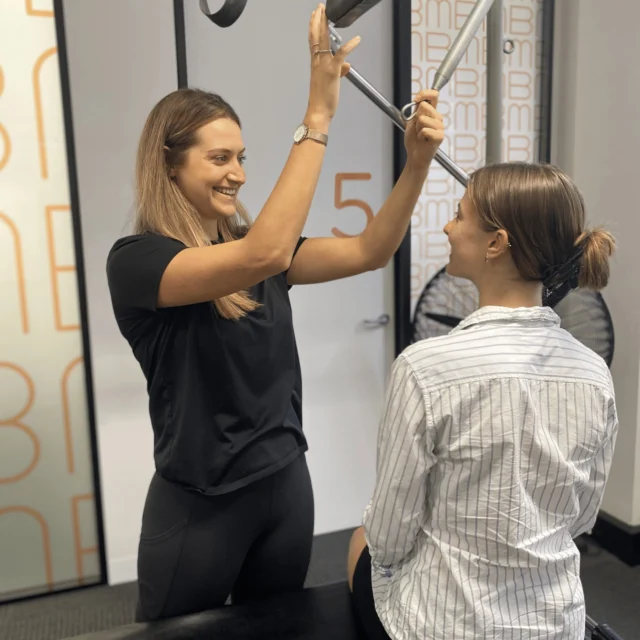This blog has been inspired by my weekend of putting together flat pack furniture, and the lower back awareness/soreness that lasted for the following 2 days!
Often we see in the clinic people who have injured, tweaked, hurt or strained a joint or muscle from their weekend activities, often sports or domestic duties. Today I’m discussing the dreaded domestic duty of putting together flat packs. Here are some tips:
1. Use a Bench/Table.
Rather than spend the next hour to 3 hours sitting or crouching over the ground, remember you can assemble your new piece of complex furniture at desk height.
Carpenters and cabinet makers use a workbench, and so should you.
This will allow you to more easily maintain appropriate posture for an extended period of time. This is something that I only realised after the first drawer; using a bench for the second drawer set made a huge difference to not only ease of assembly but also reduced awareness in my back.
2. Take Regular breaks.
Look, Rome wasn’t built in a day, and your entire lounge room doesn’t need to be either. Remember to give yourself regular rest breaks, particularly if you are unable to find a bench to put together your furniture. For those with a history of lower back pain, it’s very important that you pace yourself with exercise loads, or activity loads that you are not accustomed to. Sustained forward flexion for a long period of time is the position that you will be in putting your flat pack together, and this isn’t an ideal ergonomic set up.
Give yourself a break every 20 minutes for 10 minutes, have a cup of tea, a glass of water, you deserve it, the TV unit can wait.
3. Keep yourself limber
You might not be able to find all the screws in the flat pack, but you may find these exercises helpful.
Lumbar Extensions:
- Lie on your front with your palms on the floor by your shoulders.
- Slowly push up through your hands, arching your lower back.
- Stop at the point you feel a stretch in your lower back.
- Keep your hips on the floor at all times.
- Hold this position for 2-3 seconds, then slowly lower your body back down.
Lumbar Rotations:
- Start position is lying on the back with arms outstretched in a “T” position.
- Keeping the upper back and the arms in contact with the floor, roll from the hips and legs to one side, slowly crossing one leg over the top of the other.
- For this exercise the hand can be used to gently pull the crossed leg slightly farther over if desired.
- Hold Position for 20 seconds x 4 reps
Whether you have injured yourself on the tennis court, in the street or at home doing chores, make sure you make the next best step in your injury management, and step into one of our four Bend + Mend Clinics in Sydney’s CBD.





